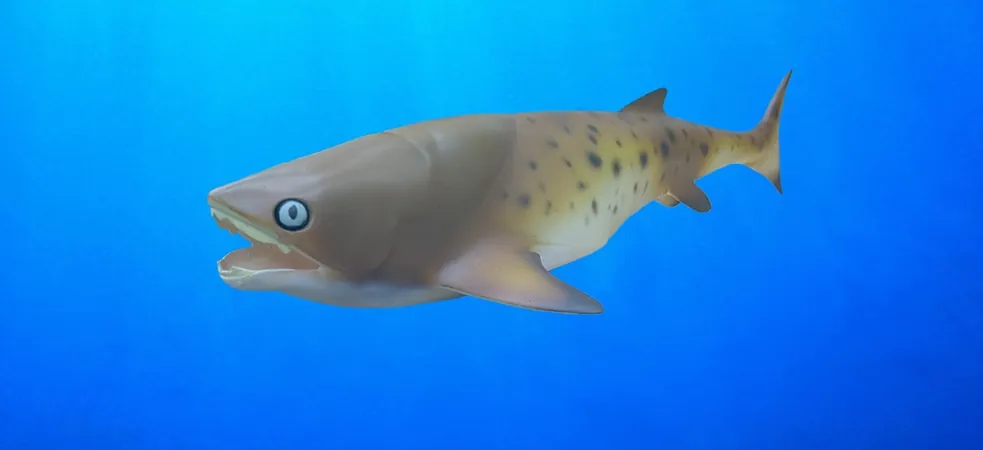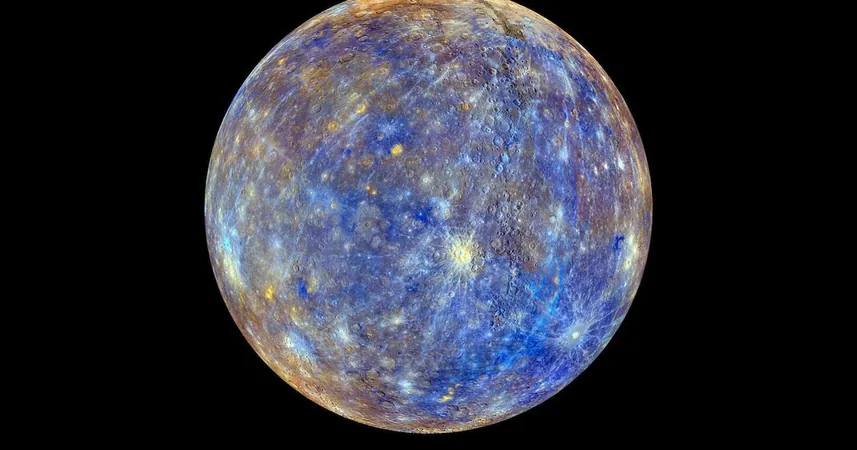
Groundbreaking Discovery: Two Distinct Electronic Species Unveiled in Magic-Angle Twisted Bilayer Graphene
2025-06-06
Author: Olivia
Revolutionary Find in Graphene Research
In a remarkable breakthrough, a collaborative team comprising researchers from ICFO, Princeton University, Donostia International Physics Center, National Institute for Materials Science, and Ludwig Maximilian University of Munich has uncovered two unique electronic species coexisting within magic-angle twisted bilayer graphene.
The Discovery Process
Using advanced thermoelectric measurements, this study provides the first concrete evidence of these distinct electronic species, previously only hinted at in earlier experimental endeavors. According to Dr. Rafael Luque Merino from ICFO, who led the research, this discovery is a significant step forward in understanding the complex phases within this unique condensed matter platform.
Light vs. Heavy Carriers: What You Need to Know
The first species, known as itinerant electrons, exhibit properties akin to conventional free electrons. These 'light carriers' move readily throughout the material, efficiently conducting charge and heat thanks to their low effective mass. In stark contrast, the second species consists of 'heavy carriers' that reside in highly localized orbitals. Their strong inter-electron interactions drastically limit their mobility, rendering them largely ineffective for charge and heat transport.
The Unusual Thermoelectric Response
The interplay between these two types of carriers creates a fascinating thermoelectric response that defies conventional expectations. Researchers employed a focused laser beam to locally heat the graphene, allowing them to control the heat gradient that guided the movement of hot electrons. This thermally induced electron movement generated a measurable voltage, revealing the nuanced behaviors of these carriers.
A Surprising Temperature Dependency
Intriguingly, the study revealed that the electronic response varied dramatically with temperature. At low temperatures, light carriers predominated, while at elevated temperatures, the heavy carriers took the lead. Dr. Luque Merino highlighted that these findings align with the Topological Heavy Fermion model, suggesting a deeper understanding of how these carriers interact within the graphene matrix.
Implications for Future Research
This innovative method not only opens doors for further exploration of magical angle twisted bilayer graphene but also has the potential to unlock insights into other complex phases found in twisted two-dimensional materials. As interest grows in the 'heavy fermion' paradigm, researchers are set to delve deeper into the enigmatic properties of twisted graphene, paving the way for future advancements in materials science.
Conclusion: A Discovery Set to Spark New Insights
With the intricate dance of light and heavy carriers now illuminated, this discovery stands to reshape the landscape of condensed matter physics and materials research. As investigations continue, the secrets of twisted bilayer graphene may soon yield transformative applications across technology and science.









 Brasil (PT)
Brasil (PT)
 Canada (EN)
Canada (EN)
 Chile (ES)
Chile (ES)
 Česko (CS)
Česko (CS)
 대한민국 (KO)
대한민국 (KO)
 España (ES)
España (ES)
 France (FR)
France (FR)
 Hong Kong (EN)
Hong Kong (EN)
 Italia (IT)
Italia (IT)
 日本 (JA)
日本 (JA)
 Magyarország (HU)
Magyarország (HU)
 Norge (NO)
Norge (NO)
 Polska (PL)
Polska (PL)
 Schweiz (DE)
Schweiz (DE)
 Singapore (EN)
Singapore (EN)
 Sverige (SV)
Sverige (SV)
 Suomi (FI)
Suomi (FI)
 Türkiye (TR)
Türkiye (TR)
 الإمارات العربية المتحدة (AR)
الإمارات العربية المتحدة (AR)